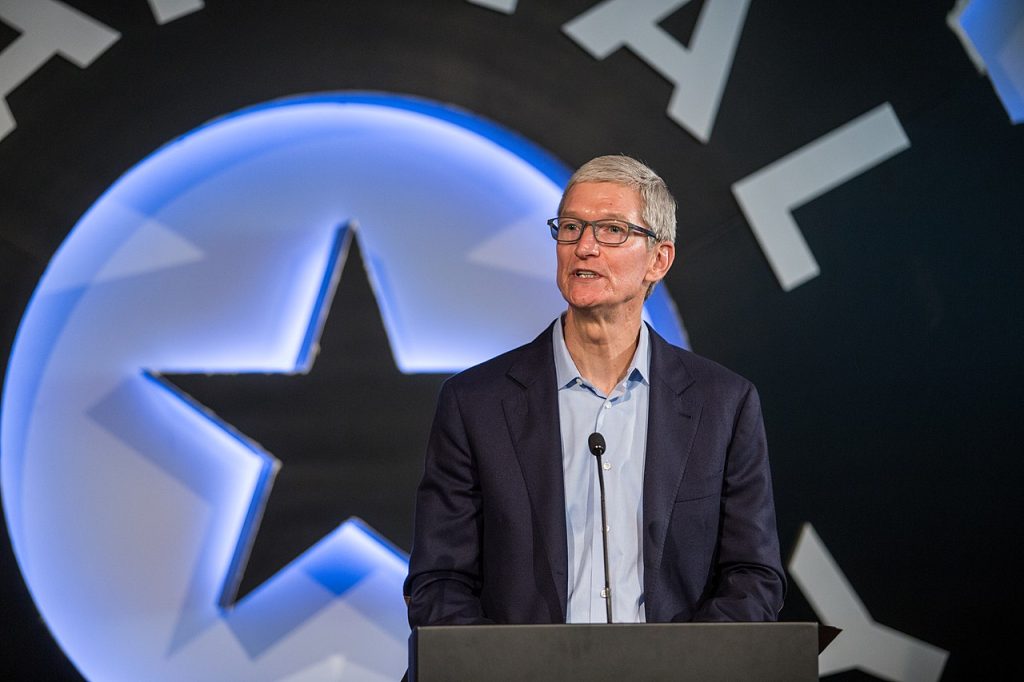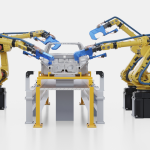Facing a 145% tariff on Chinese imports and mounting investor scrutiny, Apple CEO Tim Cook has announced that the majority of Apple products sold in the U.S. this quarter will be sourced from India and Vietnam. The move underscores Apple’s supply chain recalibration amid a renewed trade war and signals a larger manufacturing pivot that could ripple across the tech sector.
Apple Diversifies Away from China
In Apple’s Q2 2025 earnings call, CEO Tim Cook confirmed that the majority of Apple products sold in the U.S. will no longer be manufactured in China. For the current quarter, iPhones shipped to the U.S. will largely originate from India, while iPads, Macs, Apple Watches, and AirPods will primarily be made in Vietnam.
The Trump administration recently imposed a 145% tariff on goods imported from China, triggering a 125% retaliatory tariff from Beijing. With more than 90% of iPhones still assembled in China, Apple’s exposure to tariff risks remains significant. Cook estimated potential costs of up to $900 million should current trade policies persist, though he acknowledged the actual impact remains difficult to quantify. Cook’s reference to an ongoing U.S. Department of Commerce investigation into semiconductor-heavy imports further underscores the sector’s vulnerability to rapid regulatory shifts.
Cook emphasized that most Apple devices sold globally, outside the U.S., will continue to be sourced from China, underscoring the ongoing importance of China’s infrastructure, scale, and skilled labor. But for North America, the shift to Southeast Asia marks a new baseline, not a temporary hedge.
Tariff Fallout and Supply Chain Consequences
The April tariff announcement triggered a pre-emptive consumer buying surge in the U.S., as customers rushed to avoid expected price increases on iPhones. That bump will likely be reflected in Apple’s Q3 numbers—but executives are under no illusion that demand surges alone will resolve the structural risks.
While Apple managed to post strong Q2 results—$24.78 billion in profit, up 4.8% from last year—the company remains under pressure to show supply chain resilience. With China accounting for a significant portion of both Apple’s production and sales, even a modest 2% decline in Chinese revenue raises alarms.
Meanwhile, China’s Ministry of Commerce responded with characteristic firmness, accusing the U.S. of unilateral escalation and calling for the withdrawal of tariffs. The ministry hinted at diplomatic backchannels and possible negotiations but made clear that trust continues to erode. The tone from Beijing suggests that manufacturers relying heavily on either market may need to prepare for a prolonged strategic cold war, rather than a short-term tariff spat.
Shift Toward Distributed Manufacturing Resilience
Apple’s supply chain shift should not be read as a wholesale departure from China, but rather as a recalibration in line with a more fragmented and politically charged trade environment. The decision to source the majority of U.S.-bound products from India and Vietnam reflects the growing need for geographic diversification—not just to avoid tariffs, but to hedge against operational concentration risks that have become more visible in recent years.
For global operations leaders, the signal is subtle but significant. The era of relying on a single dominant manufacturing base is giving way to a more distributed model—one that prioritizes optionality, regulatory adaptability, and regional proximity to key markets. In this context, Apple’s response to tariff uncertainty is less a reactive workaround and more a step toward long-term structural resilience.







